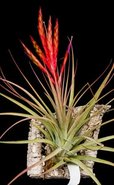
I just returned from tens days in Portugal and spent several days in Alentejo, walking in some old cork oak forests. Alentejo is in south central Portugal and is where the majority of the cork trees are farmed.
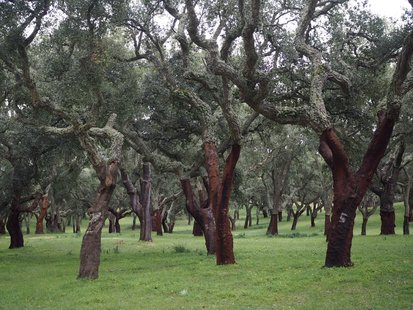
Once the tree is planted, the first harvest is twenty five years later. This first harvest is the “virgin cork”, the same type that is used for mounting plants. The bark is thick, rough and uneven. The bark is then harvested every nine years. The second harvest is less rough, but not acceptable for cork stoppers. This harvest is ground up and used for other production such as flooring. It is not until the third harvest, (the tree is now 43 years old) that the cork quality is the type that can be used for making cork stoppers.
- The Greeks were the first to discover that cork could be harvested and would regrow a finer quality of cork.
- Portugal produces 55% of the world’s cork production.
- Mature Cork trees (Quercus suber) can reach a height of 75' tall and will live for 150-200 years.
- The average harvest will produce cork stoppers for 4000 bottles.
- The oldest tree, The Whistler (named for the numerous songbirds that occupy it’s canopy) is estimated to be 230 years old. When harvested in 2000, it produced enough cork for 100,000 bottles.
- Once the cork is harvested, it is dried for several months, then boiled and steamed to kill any insects or pests and to make it more pliable.
- Cork oak trees store carbon to regenerate their bark. Trees that have been harvested will store five times more carbon.
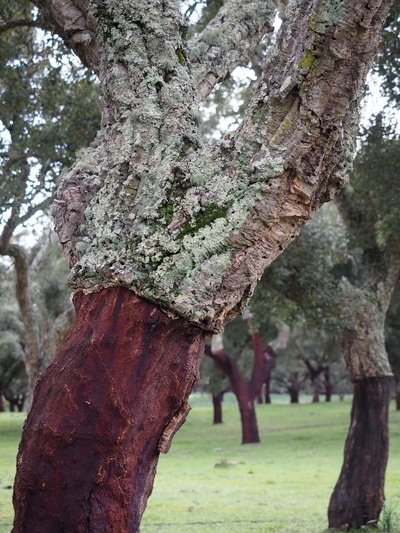
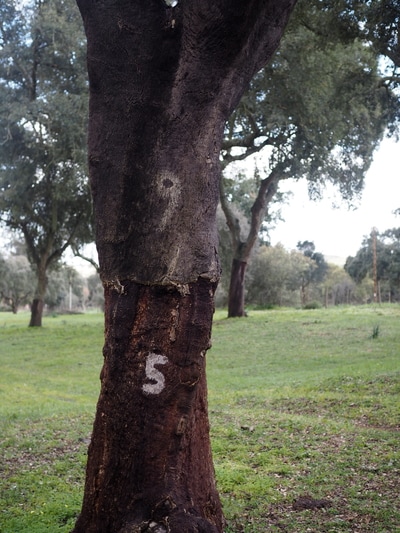
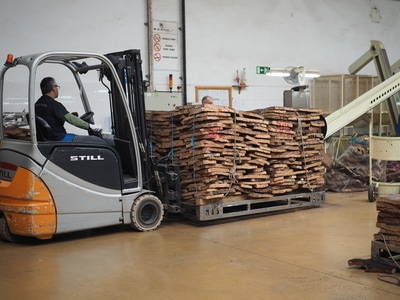
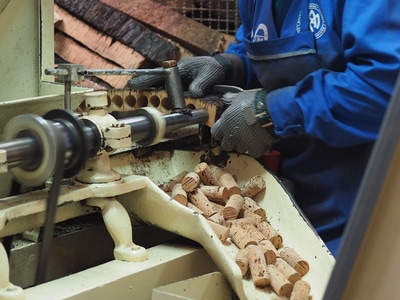
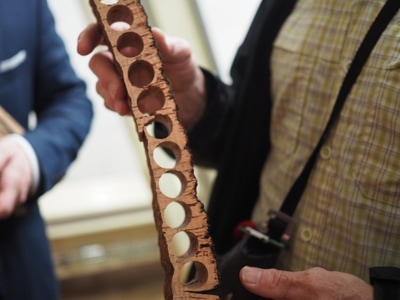
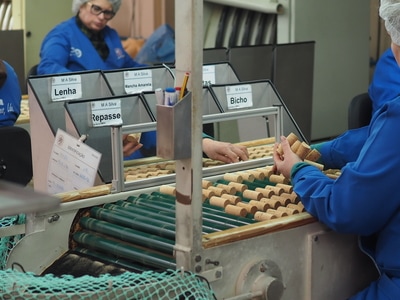

 RSS Feed
RSS Feed